Electric wheelchairs have become a game-changer in the lives of those with mobility challenges, offering unparalleled independence and freedom. But what many people may not realize is just how much electric wheelchairs can enhance indoor accessibility and comfort. Whether you live in a spacious home or a smaller apartment, an electric wheelchair can make moving around inside your space safer and more efficient. In this blog, we'll discuss how electric wheelchairs improve indoor mobility and share some helpful tips on adapting your home to accommodate your needs.
Why Electric Wheelchairs Are Ideal for Indoor Mobility
One of the biggest benefits of an electric wheelchair is its maneuverability in tight spaces. Unlike manual wheelchairs, which require a significant amount of arm strength and coordination, electric wheelchairs are powered by a motor, making it easier for users to navigate indoors without requiring much physical effort. This is particularly helpful for those who may experience fatigue or have limited strength, as electric chairs take the strain out of daily tasks.
Additionally, electric wheelchairs come with a smaller turning radius compared to traditional scooters, allowing users to make sharp turns and navigate narrow hallways and doorways with ease. Many models are designed to be lightweight and compact, making them well-suited for moving through spaces like kitchens, bathrooms, and hallways without bumping into walls or obstacles.

Benefits of Electric Wheelchairs for Indoor Accessibility
1. Enhanced Independence
One of the most significant advantages of using an electric wheelchair indoors is the increased sense of independence it provides. For individuals who may otherwise rely on caregivers or family members for assistance, having a motorized wheelchair allows them to move freely from room to room without requiring help. This newfound freedom boosts confidence and promotes autonomy, empowering individuals to complete daily tasks independently.
2. Improved Safety
Navigating through a home, especially for those with limited mobility, can be tricky. An electric wheelchair provides more control and stability, reducing the risk of accidents or falls. Many models feature anti-tip wheels, which prevent the wheelchair from tipping over during sudden movements or while going up and down ramps.
Additionally, many electric wheelchairs come equipped with safety features such as speed control and adjustable armrests, which enhance both safety and comfort when moving around indoors. These features make it easier to safely enter and exit rooms, negotiate thresholds, and avoid obstacles.

3. Reduced Fatigue
Manual wheelchairs require continuous pushing, which can be tiring, especially for long distances or over extended periods. With an electric wheelchair, users can rely on the motor to handle the heavy lifting. This is particularly beneficial for individuals with limited upper body strength, arthritis, or fatigue, as it significantly reduces the effort required to move from one place to another within the home.
Tips for Adapting Your Home for Electric Wheelchair Accessibility
While electric wheelchairs make moving around inside your home much easier, there are a few home adaptations that can make your environment even more wheelchair-friendly.
1. Widen Doorways
One of the most common challenges faced by individuals using electric wheelchairs is narrow doorways. To ensure that your electric wheelchair can easily pass through rooms, consider widening your door frames. A typical wheelchair requires about 32 inches of width to pass through, but for added comfort and maneuverability, aim for doorways that are at least 36 inches wide.
2. Smooth Transitions Between Rooms
Uneven flooring or thresholds between rooms can create obstacles for wheelchair users. You can install ramps or threshold strips to make these transitions smoother. This not only allows for easier movement between rooms but also eliminates the risk of tripping over raised edges. For extra safety, choose non-slip mats to avoid any potential accidents.

3. Clear Pathways
Make sure the pathways throughout your home are free of clutter. Keep furniture and other obstacles in areas where they won’t obstruct your electric wheelchair’s movement. You should also avoid placing rugs or mats in the middle of walkways, as they can cause the wheelchair wheels to catch or tip over.
4. Create Accessible Storage Solutions
Ensure that items you use frequently are stored within easy reach. This could involve installing shelves at a comfortable height, using pull-out drawers, or keeping essentials in baskets on lower shelves. You may also want to invest in adjustable or swivel chairs at your desk or in the kitchen to easily access various areas without straining.
5. Lighting and Visibility
Good lighting is essential for ensuring that the pathways and rooms are well-lit and visible to navigate safely. Consider installing brighter bulbs or motion-sensing lights that automatically turn on when you enter a room. This will help reduce the risk of accidents, especially in the evening.
Making Your Home Fully Accessible
An electric wheelchair is a fantastic mobility aid for indoor use, providing the freedom to move independently and safely throughout your home. However, by making small adaptations to your living space, you can further enhance your comfort and accessibility. Whether it’s widening doorways, clearing pathways, or adjusting the layout of your home, taking the time to make these adjustments will make a big difference in how you experience your home.
If you're in need of a reliable, high-quality electric wheelchair, explore our range of PAISEEC electric wheelchairs, designed for both comfort and mobility. With features that suit a variety of needs, including adjustable seating and smooth maneuverability, we’ve got the right wheelchair to help you live comfortably at home and beyond.


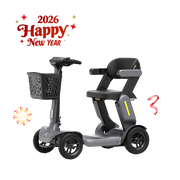
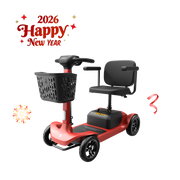

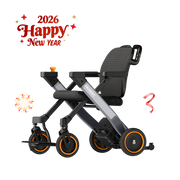
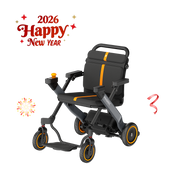
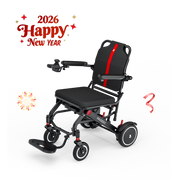
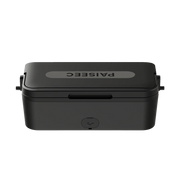

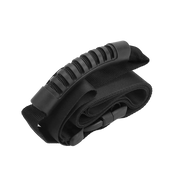
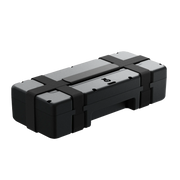


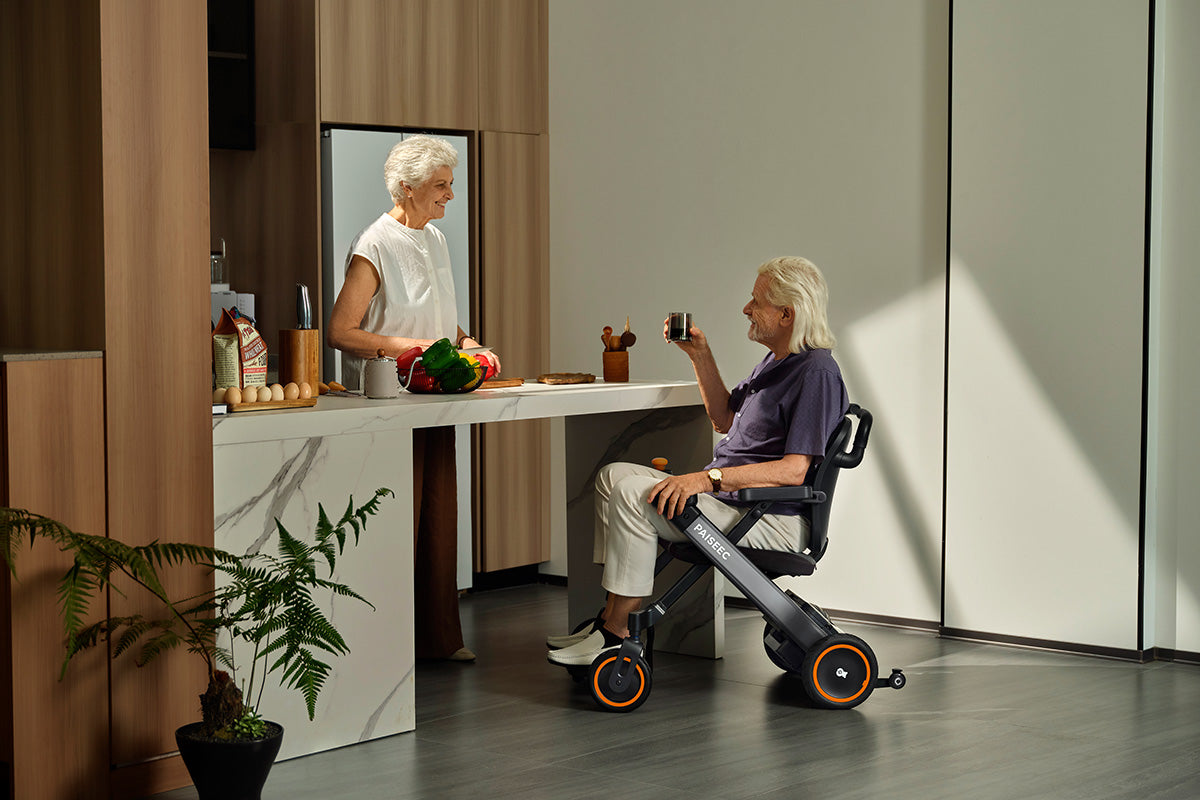




Leave a comment
This site is protected by hCaptcha and the hCaptcha Privacy Policy and Terms of Service apply.